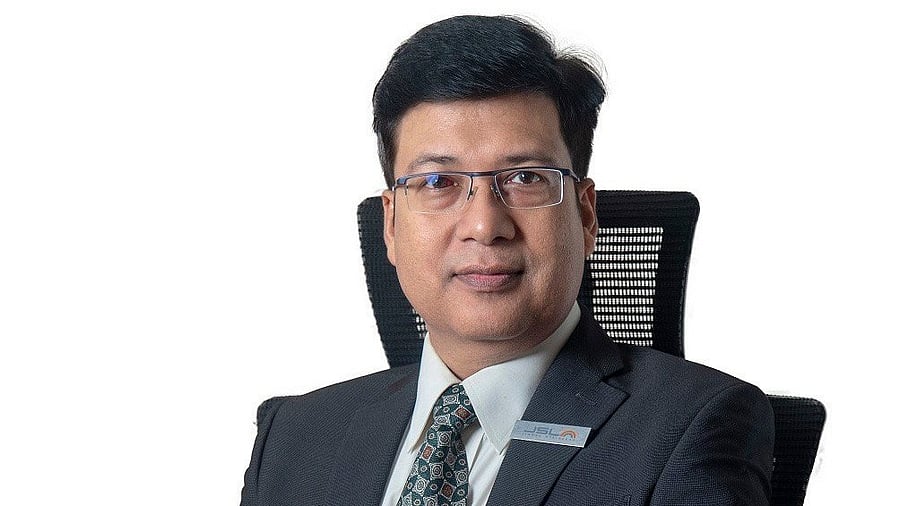
Kalyan Kumar Bhattacharjee
Credit: Webiste/https://www.jindalstainless.com/
Steel is among the focus of US President Donald Trump’s trade wars. His administration has imposed a 25 per cent tariff on all steel and aluminium imports into the US.
Meanwhile, the Indian steel industry is reeling under pressure due to high input costs and competition from cheaper Chinese imports. Steeper tariffs are expected to not only hit India’s exports but also spur dumping from China.
In an interview with DH’s Gyanendra Keshri, Jindal Stainless Ltd’s Chief Sustainability Officer Kalyan Kumar Bhattacherjee called for imposition of additional tariffs on Chinese imports. He also spoke about the challenges to the Indian steel industry from the US tariffs and the EU's Carbon Border Adjustment Mechanism (CBAM). Excerpts:
How is the steel industry likely to be impacted due to imposition of reciprocal tariffs by the US?
The Trump administration is trying to reduce imports by putting tariff barriers. Our tariff is much higher than the US. So, how do we basically counter that? We can reduce tariffs on imports from the US. More importantly the government should help in reducing manufacturing costs. It can be reduced by easing the access to ores and energy, which for us is among the highest. For stainless steel the major cost is chrome ore, for which our cost is so high that we have to sell the products at a loss. We understand that there are going to be more deliberations on these issues at the government level. So, at the moment we are in the situation of wait and watch.
Karnataka recently announced an increase in taxes on ores. Energy prices vary from state to state. Where is the scope to reduce the costs?
The ore cost is very high. So, the government must coordinate with the National Mineral Development Corporation (NMDC) and other agencies to bring down the cost of ores. There is so much disparity in energy cost from state to state. Because of high energy costs, we are compelled to put up our own captive power plants. When you put up a coal-based thermal captive power plant it increases emission intensity. Quality and carbon parameters, industry can handle. But ore and energy costs certainly we are looking at the government for help.
How big is the threat from Chinese imports?
Chinese imports are a major threat in the steel sector. Their cost of ores and energy is much lower than us. Thus they are able to supply steel at a lower cost. Unless there are some additional import duties imposed on the Chinese imports, our domestic manufacturers will continue to suffer.
Europe is one of the key export markets for the Indian steel manufacturers. How big is the challenge from the EU's Carbon Border Adjustment Mechanism (CBAM)?
Europe claims to be at a very advanced level of decarbonisation. They decarbonised their grid first and then they got into decarbonisation in the industry. In our case in India we are looking at how to decarbonise the industry first. In an integrated steel plant in India the major carbon emitting part is captive power plants, which are mostly coal-based. So when you talk about the European standard, the main challenge is the decarbonisation of grids.
What are the decarbonisation targets of JSL?
JSL is aligned to the net zero vision of the country, which has been set for 2070. At JSL we have committed to achieve net zero emissions by 2050. The mid-term target of cutting carbon emission by 50% is 2035. We are hopeful to meet this target well before 2035. We are increasing our focus on renewable energy. We have signed an agreement with ReNew Power for development of captive renewable energy projects. We have installed on-site solar power plants. Some are already functional, a few more will get commissioned soon.